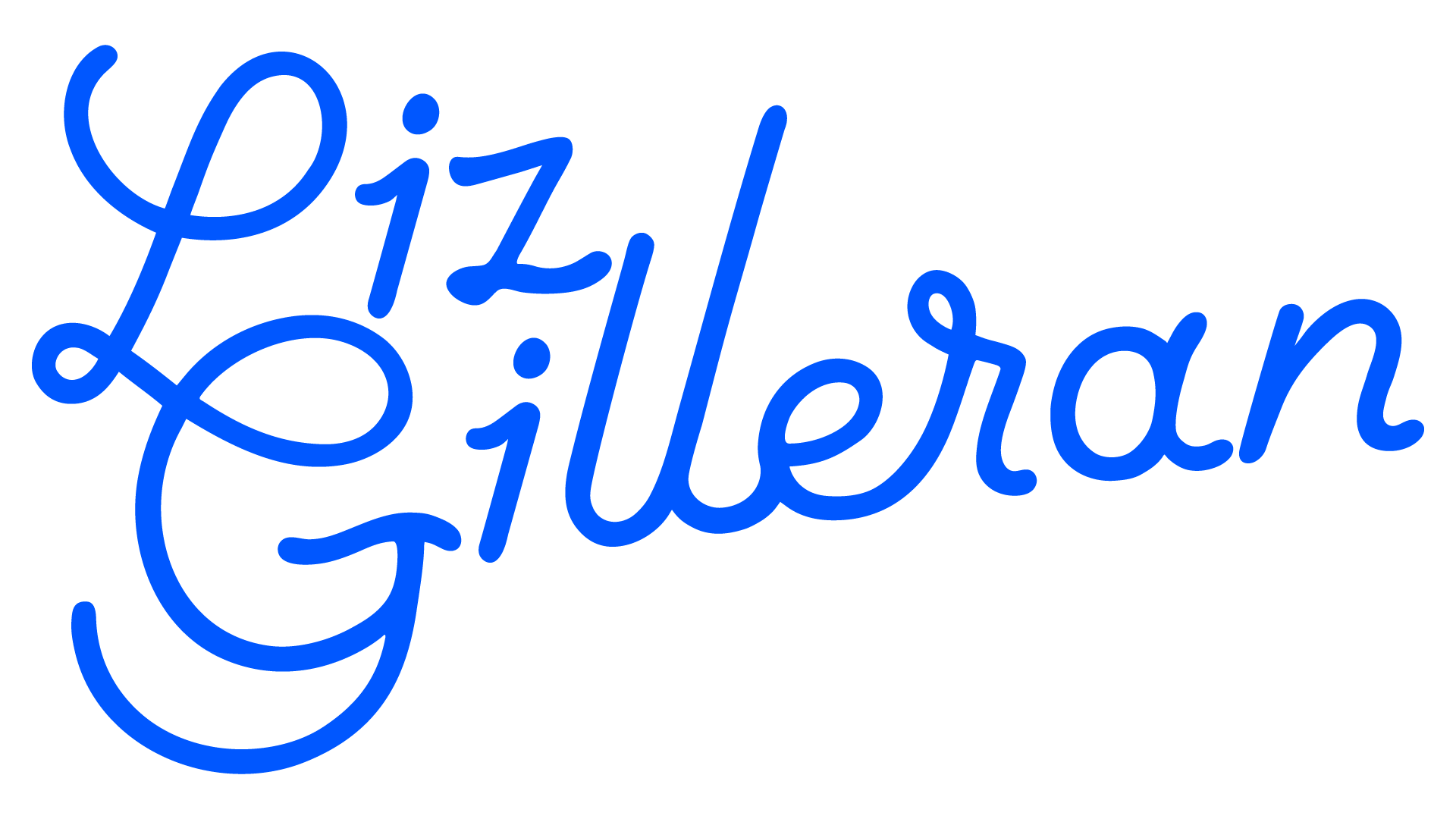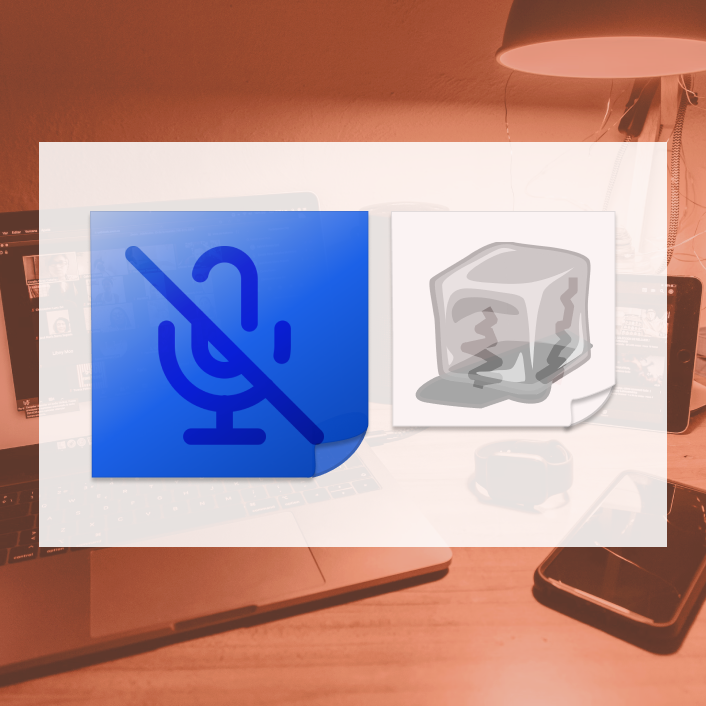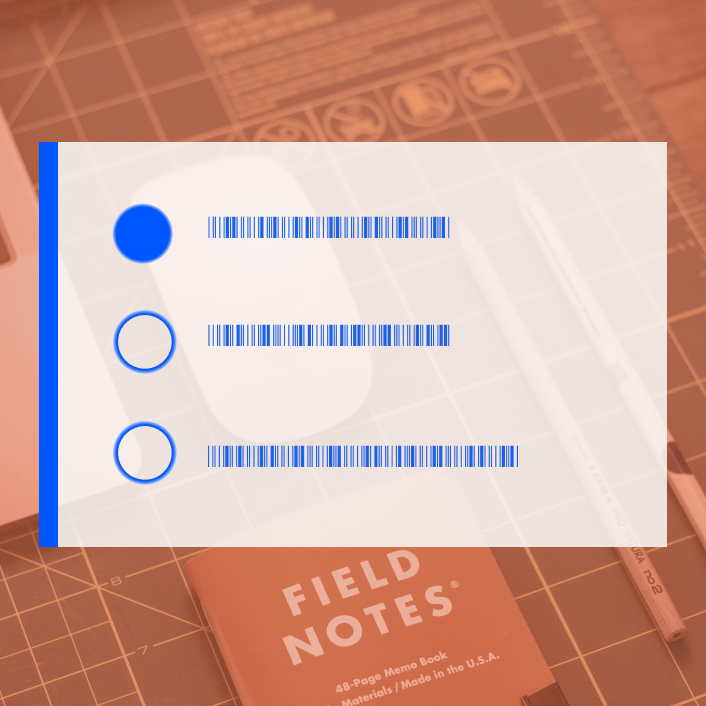It has occurred many times in early stage discovery work with new technology that there is a considerable amount of work being done in disparate places. Oftentimes the customer of the product and the user are the same people. In this situation it is incredibly useful to create a SWOT like exercise. This is an exercise to do with a team if:
- There are many people in the team with varying interactions with the customer/user and no centralised product manager
- There is a technology team that does not have much interaction with the customer/user
What is SWOT Analysis?
Strengths, Weaknesses, Opportunities and Threats. A common matrix tool for trying to account for them all https://en.wikipedia.org/wiki/SWOT_analysis which can be helpful in early stage work as the greater limitations can be left for a later stage. It is good to establish some variety of the SWOT in early stage UX work if the customer is weakly identified, or there is a tech-push style of development that isn’t market lead. It plots out where the business development perhaps should be heading, or gently identifies that getting the best out of the UX work needs to take into account upcoming business opportunities. Which is why I developed this workshop exercise I call “GOKU”.

What is the GOKU?
(The Dragonball Z reference is unintentional!) We are going to take the principles of SWOT and instead get our team in a room with the major stakeholders together and divide a board similarly into 4 quadrants.

How do I do it?
Setup: Get a Miro board or large piece of paper/board and divide it into four quadrants, as above, with titles of each, or without (up to you!). Make sure you have 4 different colours of post it notes so it is clear to participants what belongs to each quadrant and each category.
Step 1: Identify goals – Get the project group to identify on post it notes with ONE IDEA per post it note what the common goal they think the project is trying to achieve. You will have to cluster the ideas using something similar to Affinity Mapping. There will be many similar ideas but it can be good to see where a project maybe is trying to achieve a similar goal from different angles, particularly if it is tech-led. Allow 5 minutes for participants to complete this independently and stick their post its on the Miro or other board. Discuss and clarify the post it notes so it’s clear to everyone involved in the workshop what each post it note might mean and perhaps add a few extra where clarification is needed.

Step 2: Identify Obstacles to the goals. Building on step 1, identify what is stopping the goals from being achieved. Generally be prepared for this size of the quadrant to be bigger as it is generally easier to identify problems than solutions. This is OK and normal. Cluster and clarify what is meant by the post it notes like you did for the first quadrant.

Step 3: Customer Knowns. This is where the team identifies what they actually know about the customer. Every little bit counts – if the group truly knows little about the customer you can skip to the next exercise. But try and draw out as much as possible – particularly possible benefits of the platform. Cluster and Clarify like the previous quadrants.

Step 4: Customer Unknowns. This is a bit of a scary one that will propose a lot of questions more than answers. I guarantee that particularly the dev team will have burning questions that they’ve been wondering for a long time and open questions whoever is leading business development hasn’t made transparent to the rest of the team.

Next Steps
Step 4 can be the most important step because then you can ask the Product Owner (or whoever is fulfilling that role) to identify what is the most pressing concern for the UX side of the project to solve. Particularly when they have may not have considered the previous 4 quadrants and maybe have been focused instead of the next market or next release milestone. Together, these can form a fairly complete picture of what the problems facing the product can be.






